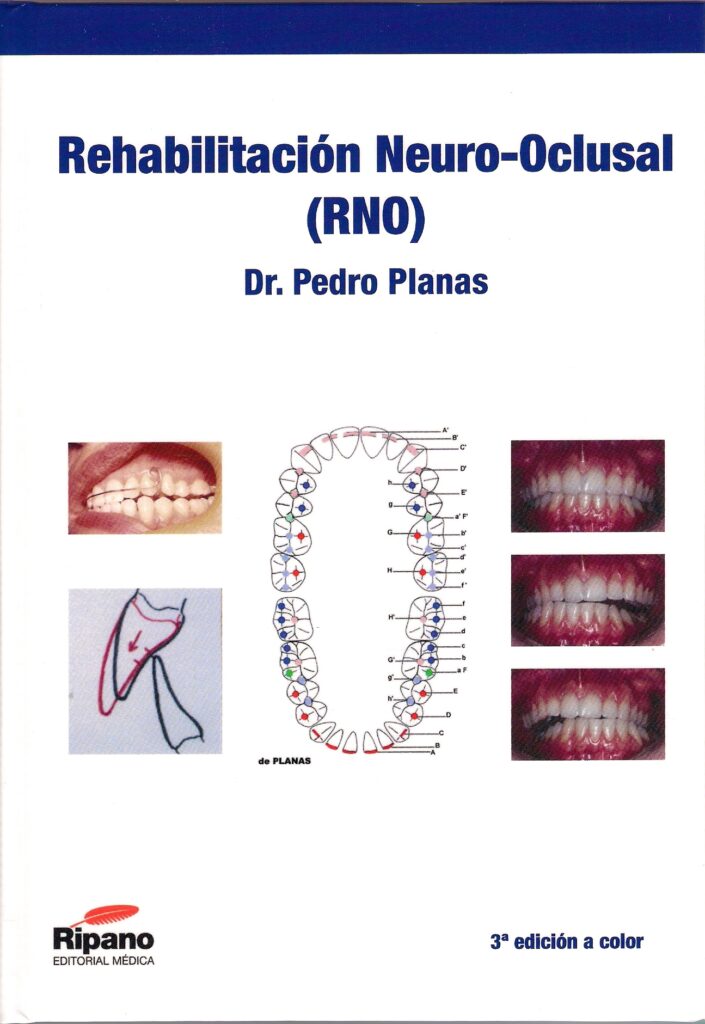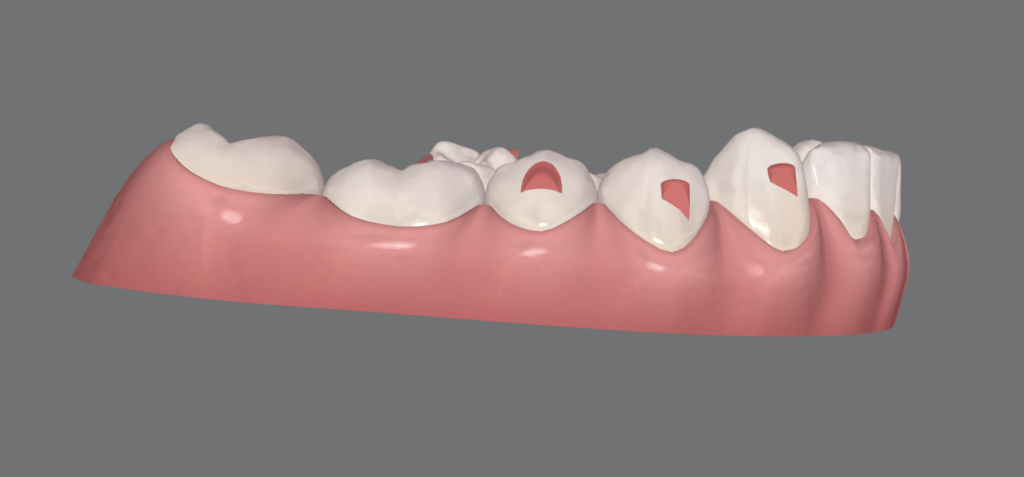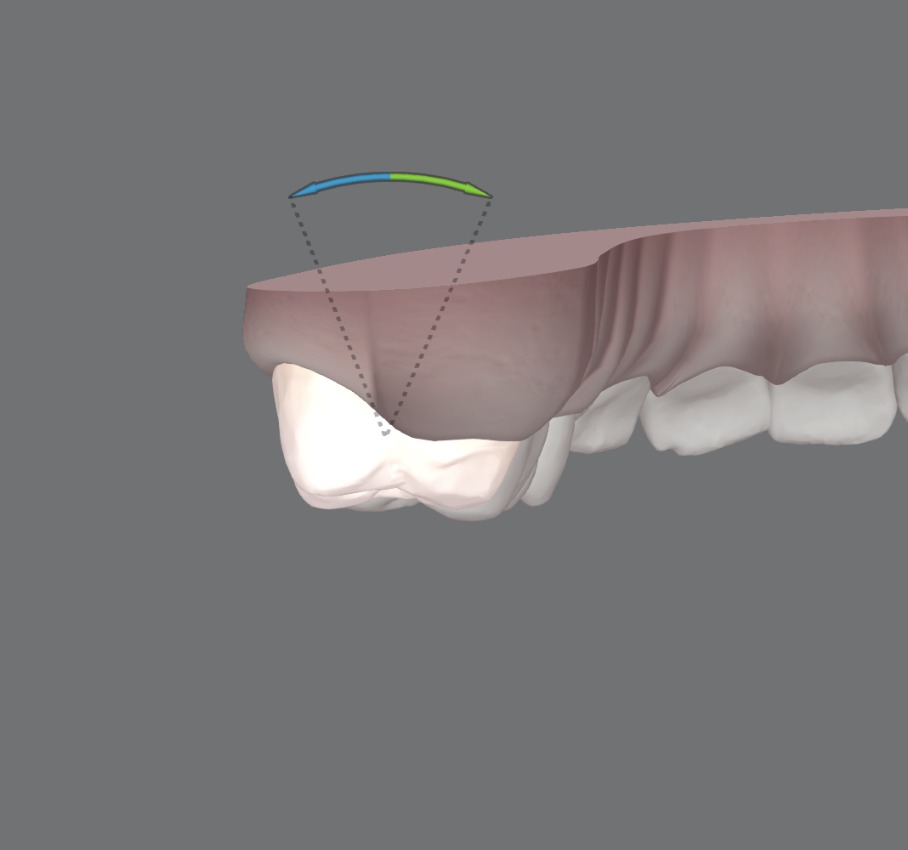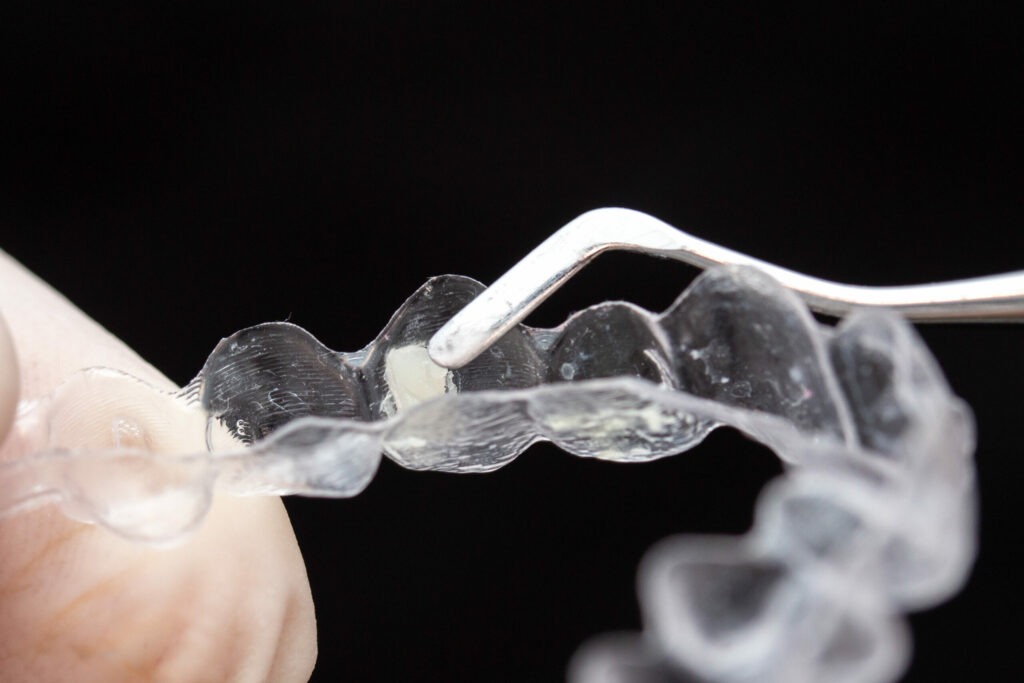
Do we make fewer extractions than we should?
The other day I was reading an article by my sector colleague Dr Luis Barbero reflecting on the orthodontist's profession in a Smart Aligner Services blog and it gave me pause for thought. In the midst of 2024, with almost a quarter of a new century behind us, orthodontics continues to experience











